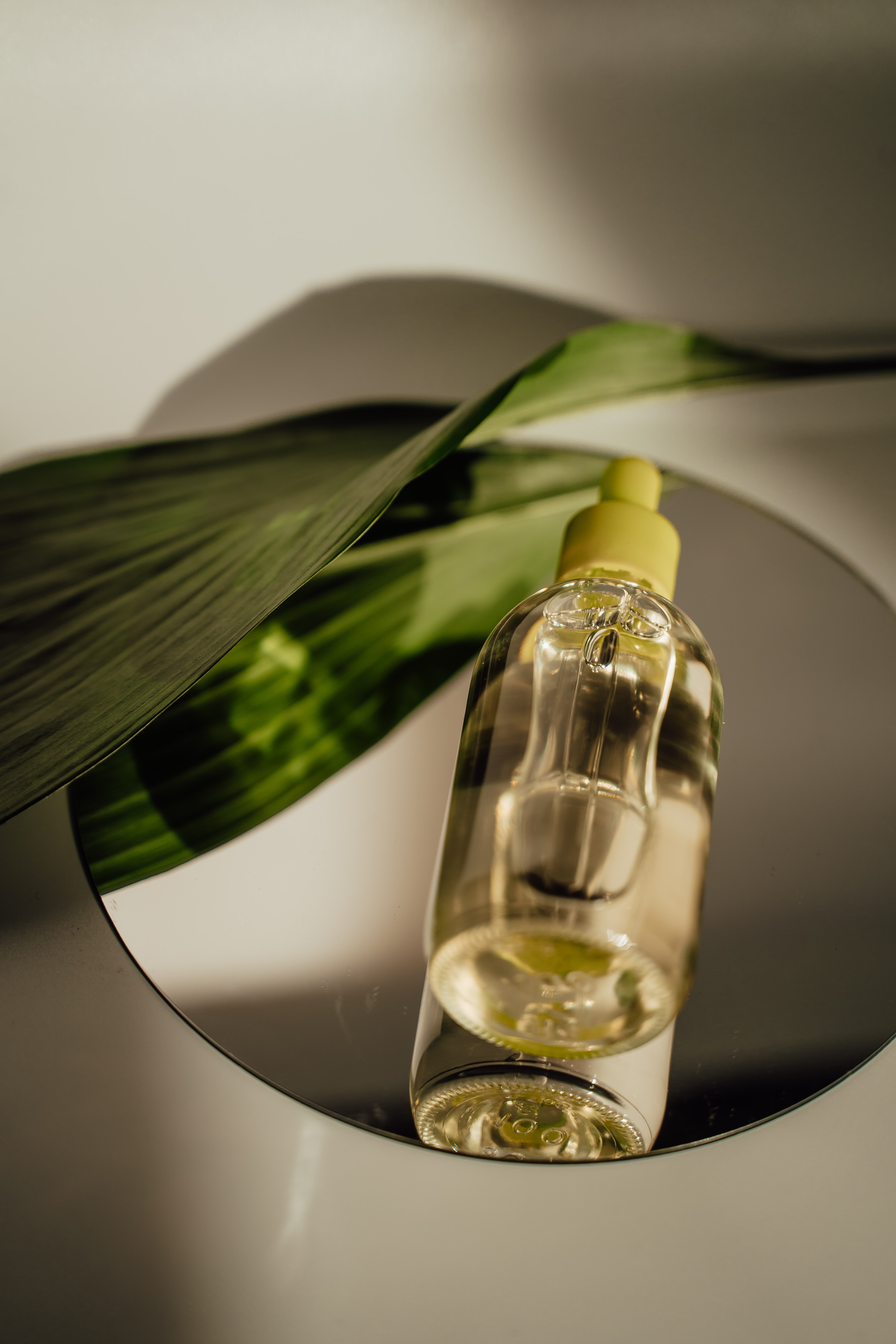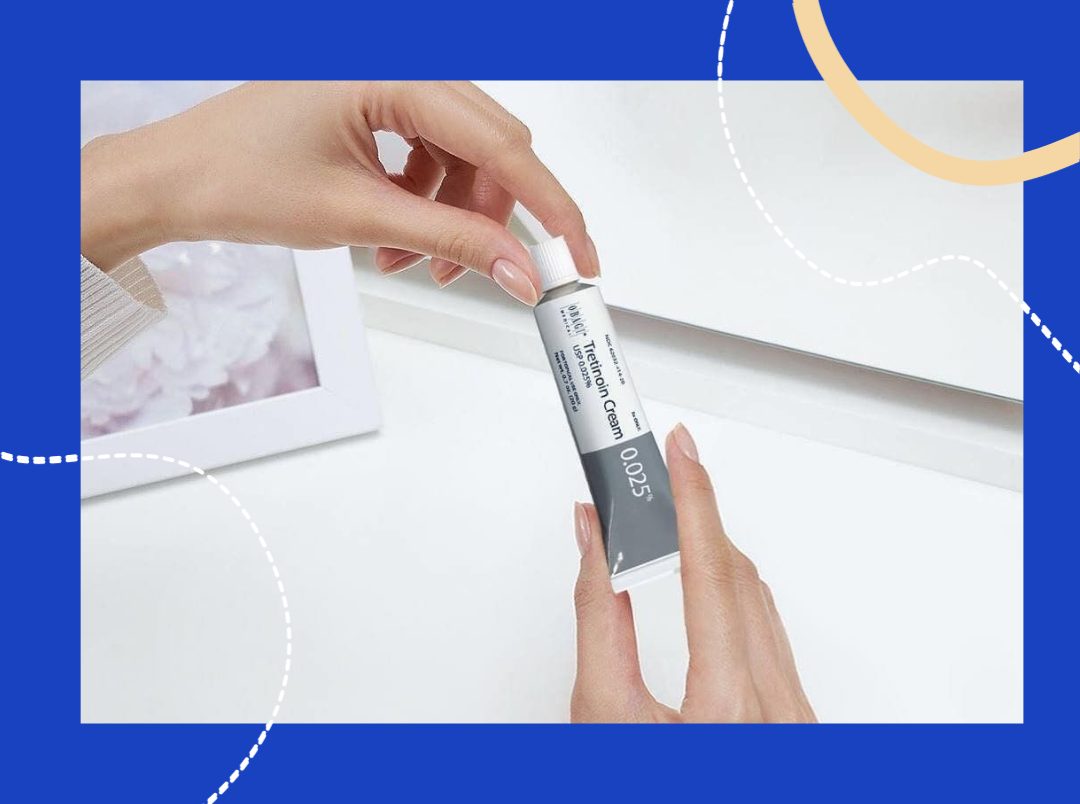Each time you buy a brand new skincare product, you risk the chance that it will truly work. Well, the risk is over with this age-defying ingredient that’s making its way into a slew of beauty care products and serums.
Tretinoin is a popular retinoid that has a number of anti-aging benefits. It has been shown to balance out skin tone, improve texture, and tighten pores. It has anti-aging properties because it reduces the visibility of fine lines, wrinkles, increases blood flow, and increases collagen levels. Despite being the most effective topical skincare product on the market, it’s imperative that you understand how tretinoin works on your skin. Let’s jump right into the know-how.
What Is Tretinoin, Exactly?
Tretinoin, commonly known as retinoic acid, is a type of very active Vitamin A. It is one of the most researched categories of skin treatments and works very effectively to cure a variety of issues such as acne, pigmentation, and signs of ageing.
Tretinoin, also known as all-trans-retinoic acid (ATRA), is a prescription Vitamin A that was developed in 1957, FDA approved for medicinal use in 1962, and first applied for topical application in 1971. It’s been used to treat acne and for its anti-aging properties.
The A-Z Of Using Tretinoin

Start With A Less Percentage of Tretinoin
Starting with a low dose of tretinoin is one of the simplest ways to lower your risk of suffering from dryness, skin irritation, or purging when using the treatment. There are several strengths of topical tretinoin available, ranging from .01 percent to .1 percent tretinoin. Once you become used to tretinoin and have a better understanding of your skin’s reaction to the drug, you may want to try upgrading to a higher strength tretinoin cream for better results.
Tretinoin May Take Some Time To Show Visible Results
Although tretinoin begins to function immediately after application, it can take several months for the medicine to generate obvious results on skin. Studies conducted suggest an improvement in skin and reduced production of acne after three months of frequent use and reduction in the appearance of fine lines and wrinkles after 90 days. However, this does not guarantee that you will notice a significant change in your skin after three months of just using tretinoin. Only if you’re devoted to utilising it on a regular basis will your skin improve over time.
Your Skin May Appear Worse Before It Gets Better
It’s totally common to suffer from some purging when you first start using topical tretinoin. Tretinoin’s purging effect is caused by the drug’s action on your body’s skin cell turnover cycle, which governs skin exfoliation.
Because tretinoin increases the rate of skin cell turnover, it might cause irritation in the initial few weeks or months of use. In short, your skin may appear worse for several weeks after you begin using tretinoin. However, for some, the skin may get better.
Tretinoin is Most Effective When Applied At Night
Tretinoin dissolves quickly when exposed to sunshine, thus utilising it in the morning is unlikely to yield the optimum benefits. Instead, use tretinoin at night, usually 20 to 30 minutes after washing your face and before going to bed. This allows the tretinoin cream or gel to absorb into your skin while also providing six to eight hours of UV-free time for the active ingredient to begin acting.
You Don’t Need to Use Tretinoin Every Day to See Results
If your skin becomes dry or sensitive after you begin using tretinoin, talk to your doctor about altering your tretinoin dosage schedule. In certain circumstances, applying tretinoin twice a week is preferable as compared to using it daily.
Tretinoin Can Make Your Skin More Sensitive to Sunlight
While using tretinoin, your skin may become much more sensitive to sunlight, especially at the start of treatment. Spending too much time in the sun might cause your skin to become red and burnt by the end of the day. Simply said, use sunscreen with an SPF of 15 or higher to protect your skin.
Now that you’re all schooled well, are you ready to take your skincare game to the next level?
Featured Image: Instagram






